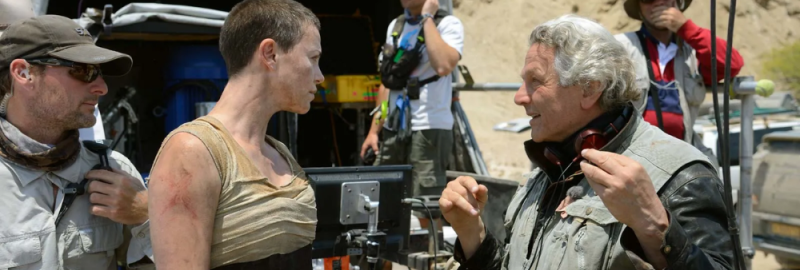
The developer behind the Mad Max video game has responded assertively to comments made by George Miller, the renowned director of the Mad Max film series, who recently suggested that the game didn’t meet his expectations.
In a candid interview, Miller shared his thoughts on the game, noting, "I was expecting the game to be more aligned with the depth and intensity of the movie. It seemed to be missing some essence that made the films so impactful."
This prompted a response from the game's developer, Avalanche Studios. The studio is well-known for its open-world action titles and took the mantle of bringing the chaotic and gritty world of Mad Max to video game consoles. They asserted that their primary goal was to create a unique experience that would stand alone, independent of the films.
"We have immense respect for George Miller and his work on the Mad Max films," said a spokesperson from Avalanche Studios. "However, our approach to the Mad Max game was to craft something that felt authentic to the universe but also offered fresh gameplay experiences that film mediums simply cannot provide."
The spokesperson elaborated on the creative process, mentioning how the development team invested heavily in world-building and gameplay mechanics to ensure players could explore the post-apocalyptic wasteland in ways that are unique to the interactive medium. "The interactivity of games allows us to immerse players in a way films cannot emulate," the spokesperson added.
Fans of the franchise have taken to social media to share their thoughts on Miller’s comments and Avalanche Studios’ response. Many gamers appreciate the distinct experiences both mediums offer, while others understand Miller’s viewpoint about the connection between the movie and the game.
The Mad Max video game, released in 2015, received generally positive reviews for its expansive open-world design, vehicular combat, and engaging storyline. Despite some criticisms about its repetitive missions and certain gameplay mechanics, the game has cultivated a dedicated fan base.
Supporters of the game point out the intricate details and the awe-inspiring representation of the wasteland, which they believe capture the essence of the Mad Max universe. "One enthusiast mentioned, "Engaging in the game is akin to entering the Mad Max universe." "It’s incredible how they’ve managed to create a feeling of immersion and danger that mirrors the films."
However, it is important to recognize the differences in storytelling perspectives between a film director and a game developer. Each medium has its own methods and challenges in creating an immersive experience. For Avalanche Studios, making the Mad Max game was an opportunity to extend the legacy of the films in a new direction, providing fans with more ways to experience the harsh and unforgiving world of Mad Max.
While it’s clear there are differing opinions on the game’s execution compared to the movies, both fans and casual observers can agree that the Mad Max universe continues to be a source of inspiration and excitement, whether experienced through the storytelling of film or the interactive adventures of a video game.
The debate between Miller and Avalanche Studios highlights the diverse expectations and creative visions that can coexist within the same franchise. Ultimately, both the Mad Max films and the game offer distinctively rich, immersive experiences that contribute to the enduring appeal of this iconic post-apocalyptic saga.
